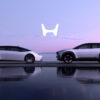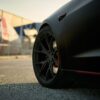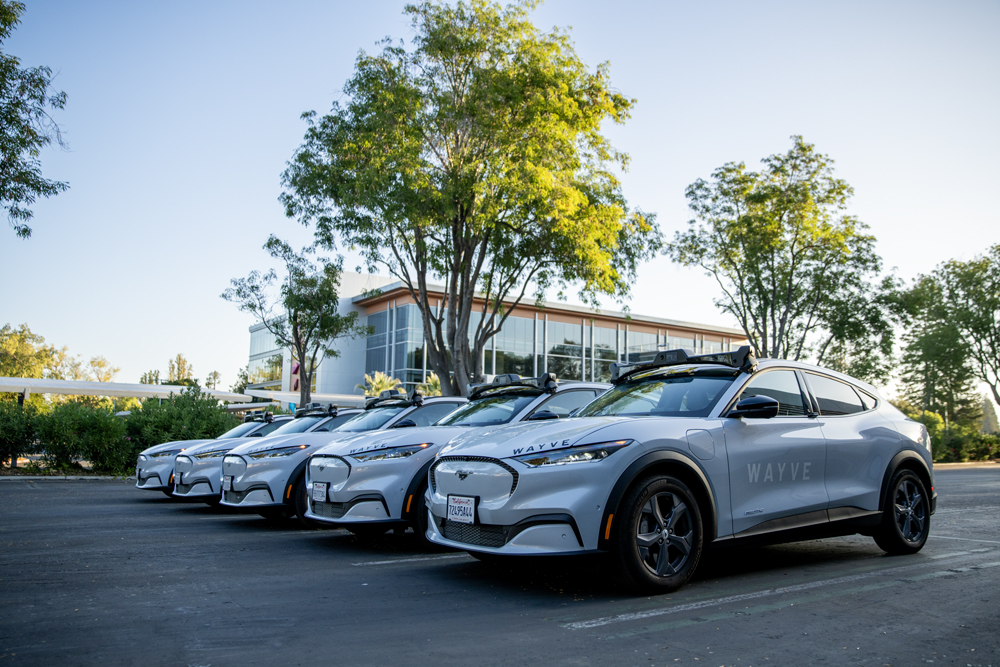
Autonomous driving is no longer a distant dream—it’s happening, and the competition is fierce. One UK startup, Wayve, has set its sights on San Francisco, marking its first foray outside the familiar, rainy streets of London.
But let’s get one thing straight: it’s not just about bringing a car overseas; it’s about teaching an AI to rethink everything it’s learned—like which side of the road to drive on. Simple, right? Not quite.
A Lesson in Switching Lanes—Literally
Wayve has earned a reputation for its innovative “end-to-end learning” approach to autonomous driving, where cars learn through a blend of experience and simulation rather than being rigidly programmed. Sounds futuristic, but this is where it gets tricky: in the UK, cars drive on the left, and in the US, it’s the right. You wouldn’t think that would be such a monumental change—until you try it yourself.
Even seasoned drivers find themselves hesitating at intersections or fumbling through turns when they switch countries. Silvius Rus, Wayve’s VP of software, knows this all too well.

After years of driving in the US, his first encounter with the UK’s left-hand driving was anything but smooth. And if it’s tough for humans, imagine teaching an AI that has been laser-focused on left-hand lanes for its entire existence to switch gears—literally and metaphorically.
But Rus believes Wayve’s self-learning AI can handle it. After all, their tech isn’t hardwired with geographic rules like “drive on the left.” It learned to drive on the left by observing the streets of London, and now it’s about to get a crash course (pun intended) in San Francisco’s right-hand world.
The AI That Thinks for Itself
What makes Wayve stand out in a crowded field of autonomous driving startups? In a world where companies like Waymo and Cruise dominate with heavy-duty sensors, HD maps, and pre-programmed driving paths, Wayve’s AI is different.
Their cars don’t rely on ultra-specific mapping or a “left-hand drive module” they can just swap out. Instead, they use an adaptive AI that learns how to drive, adjusting itself through experience, without needing to rewire its core functions every time it faces a new challenge.
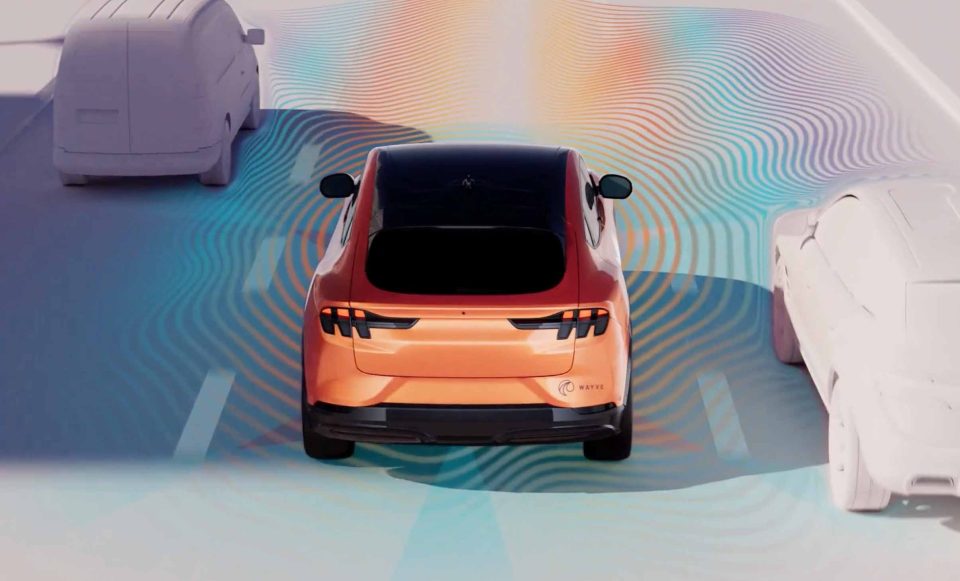
Now, Wayve has taken the bold step of bringing this AI to the US—specifically, the tech-charged streets of San Francisco. You’ve got to give them credit for bravery. Not only is the city a hub for startups, but it’s also ground zero for some serious autonomous vehicle testing by heavyweights like Tesla and Waymo.
But can Wayve’s AI adapt quickly enough to thrive here? The company has shown it can retrain models to handle different cities within the UK, but switching continents is a whole new game.
This challenge isn’t just about right versus left; it’s about understanding the nuanced chaos that is San Francisco’s traffic: steep hills, erratic drivers, unpredictable weather, and a mishmash of human and robot drivers sharing the road.
David vs. Goliaths: Wayve’s Unique Approach
Wayve is entering the US market with a simple goal: prove their tech is ready for the big leagues. Their cars—Ford Mustang Mach-Es for the US rollout—will hit the streets with human test drivers monitoring the action.
But make no mistake, this is more than just a routine test. It’s Wayve’s shot at showing that its AI-driven approach can compete in a market dominated by giants like Waymo, Tesla (TSLA), and Cruise.
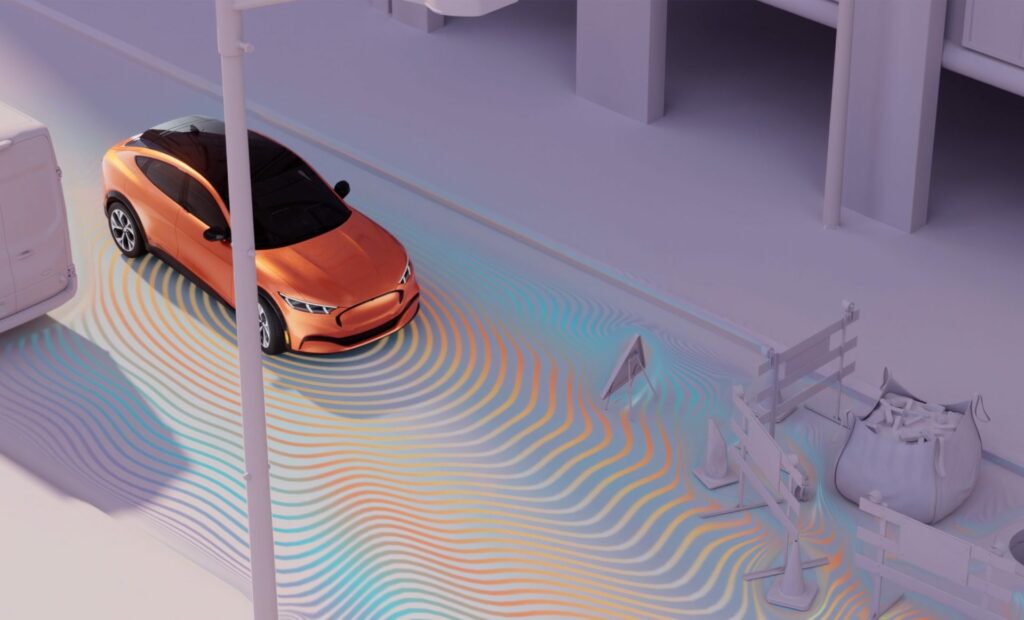
While Cruise is known for its robotaxi services and Tesla’s Full Self-Driving technology is…well, let’s just say controversial at times, Wayve’s play is different. They’re not building a fleet of robotaxis; they’re building software that can go into any car.
The real goal here? Sell their tech to major automakers. You won’t see a “Wayve” taxi app anytime soon, but you might find Wayve’s brainpower under the hood of your next electric vehicle.
A Billion Dollar Bet
Wayve isn’t just a scrappy underdog; it’s backed by some serious investment. In May, the company closed a record-breaking $1 billion Series C funding round. Yes, billion—with a B. The investors? Heavyweights like SoftBank, Microsoft, and Nvidia.
Uber even hopped on board, intrigued by the potential of Wayve’s tech to revolutionize autonomous driving at a global scale.
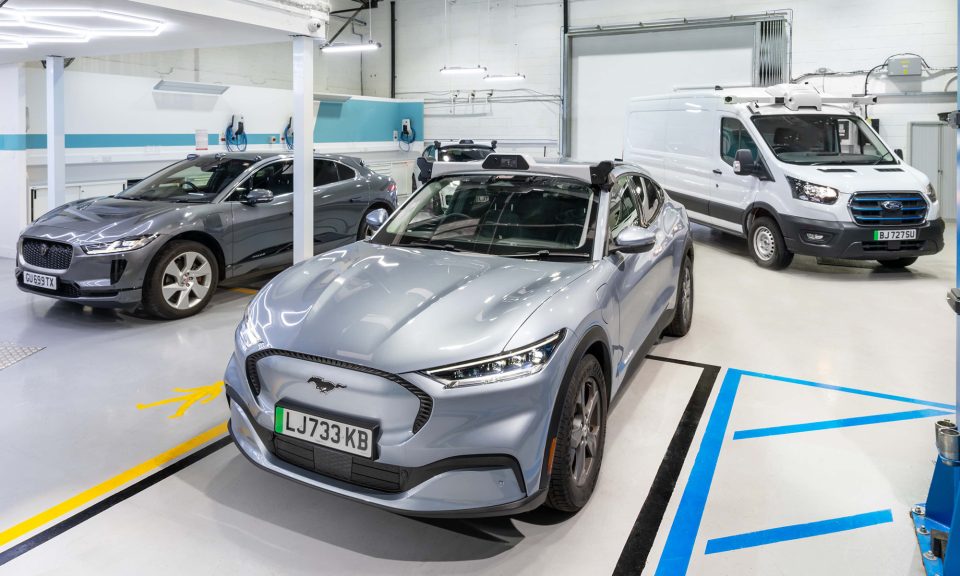
That kind of cash buys a lot of test vehicles and a prime office location in Silicon Valley. But it also brings a mountain of expectations.
Wayve’s move to the US is a litmus test for whether its tech can deliver in a new environment. After all, it’s one thing to navigate the quirks of London, but San Francisco? That’s a whole new beast.
Is Wayve Ready for Prime Time?
Wayve’s AI has shown promise, learning from millions of miles of driving data across diverse conditions. Their simulation tool, PRISM-1, can recreate real-world scenarios, training the AI on everything from rainy-day traffic jams to those hair-raising, unprotected left turns that make you question your life choices.

But even with all that, the road ahead is full of unknowns. The company is betting that its adaptive AI model will not only handle San Francisco’s streets but will outperform the competition by being more flexible, scalable, and—dare we say—smarter.
Will it work? Only time will tell. But if Wayve can pull it off, they might just rewrite the rulebook for autonomous driving. And in a world full of overhyped tech promises, wouldn’t that be refreshing?
What’s Next for Wayve?
Wayve’s journey across the Atlantic marks a new chapter for autonomous driving. Testing in San Francisco will challenge their AI like never before, but it’s a necessary step if they want to play in the big leagues. With a billion-dollar war chest and the backing of some of the biggest names in tech, they’re poised to make a splash.
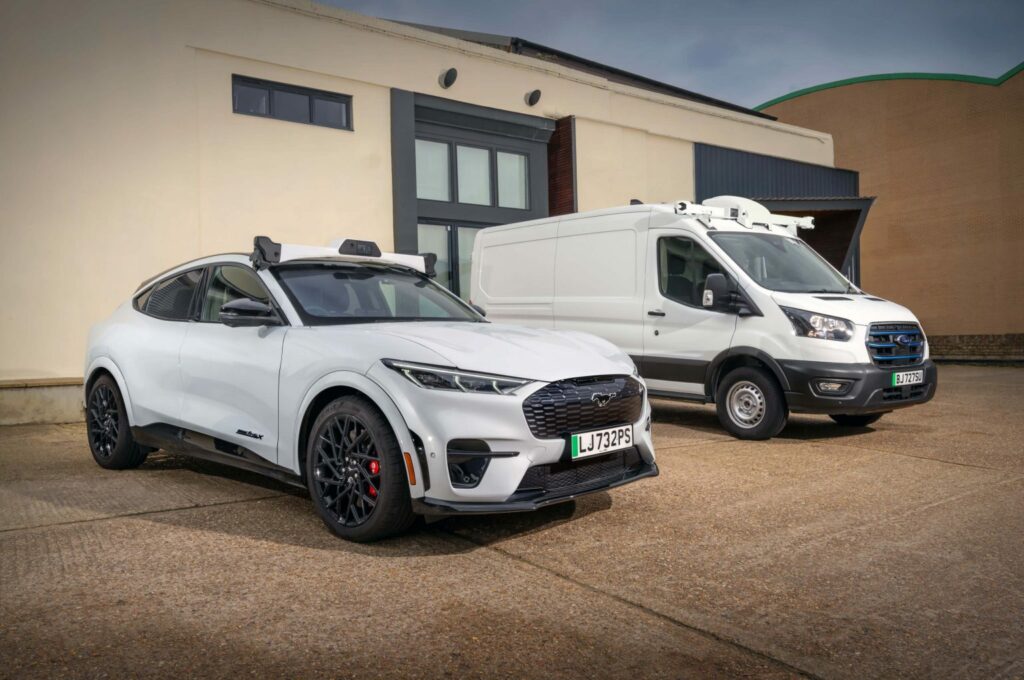
For now, though, it’s all about getting those Mach-Es ready to tackle the wild west of autonomous driving. Let’s hope Wayve’s AI is up for the ride.
